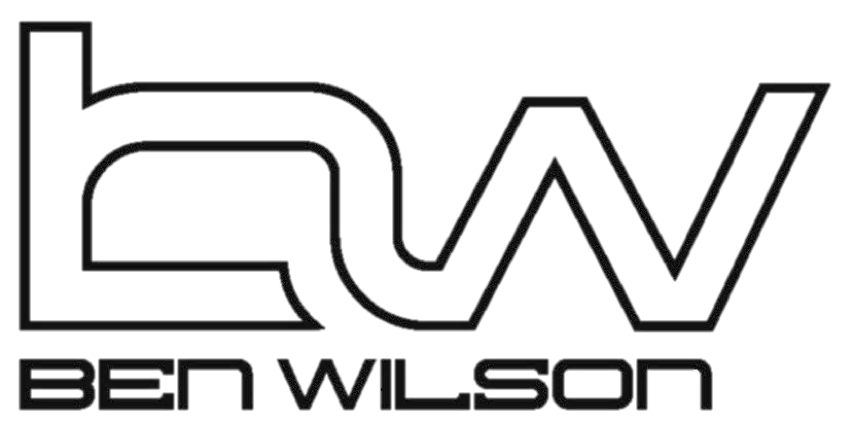CHOOSING YOUR KITESURFING EQUIPMENT
KITES, BOARDS, BARS, HARNESS & LEGROPES
The Right Kite
Kitesurfing is a three-dimensional sport with a lot of elements at play, so having simple equipment that won’t tangle you up is crucial. More bells and whistles means more lines and unnecessary gadgets to get in the way. Before you hit the water, you need to choose the right kite for wave riding. You’re looking for something that sits comfortably in the air and turns consistently throughout the power zone so you aren’t jerked around. A kite that turns erratically when you’re trying to surf will end up pulling you off the wave and leaving you stuck between sections and out of rhythm. You also need a kite that drifts well and floats down the line with you.
If you're KiteSURFing you need a SURFBOARD
The obvious difference is of course the board: you’re going to need a surfboard. There’s no point riding a twin-tip in the waves if you are trying to surf because you’ll just sink in between turns and on flat sections of the wave. The board’s extra buoyancy and planing power will also mean you can ride a slightly smaller kite than you would on a twin-tip: perhaps you’ll drop from a 12m to 10m in similar conditions.
When it comes to selecting a board, I ride the same board surfing as I do kiting and recommend only ever getting one from a true shaper or a surf brand with years of experience. They have all their rockers, templates and details fine-tuned so you’re giving yourself the best opportunity to get the right board for wave riding. Over the last few years there’s been an emergence in twin-tip style ‘surfboards’. They’re simply not the same.
If you’re technically a beginner surfer you may not be comfortable surfing on the same board you kite. If that’s the case, don’t buy a board designed for both; just purchase one with kitesurfng in mind.
STRAPS
This is personal preference; if you want to try without straps the best place to start is in flat water to get comfortable.
BARS
Simplicity is key. No added bells and whistles are necessary.
The HARNESS
You should always use a waist harness as it pulls you ‘out’ rather than ‘up’ like a seat harness. People with back injuries that prevent use of a waist harness should use a seat harness.
I like to use a harness that’s a little loose to allow a greater range of movement and freedom. It’s especially useful when riding toe-side, as you need the kite to pull off your hip, not your stomach. Mine is large enough that I can squeeze my hand tightly down between my harness and my waist. If you don’t want this range of movement, then consider a sliding spreader bar.
LEGROPES
Leg ropes are a good addition as they help prevent losing the board if or when you come off. However it’s important to be aware that the board can swing back and hit you in the head if the kite is dragging you around. I use a normal surfboard leg rope and advise others to do the same - in heavy situations when you’re being dragged around, the tension will break the leg rope and prevent the board hitting the back of your head.

